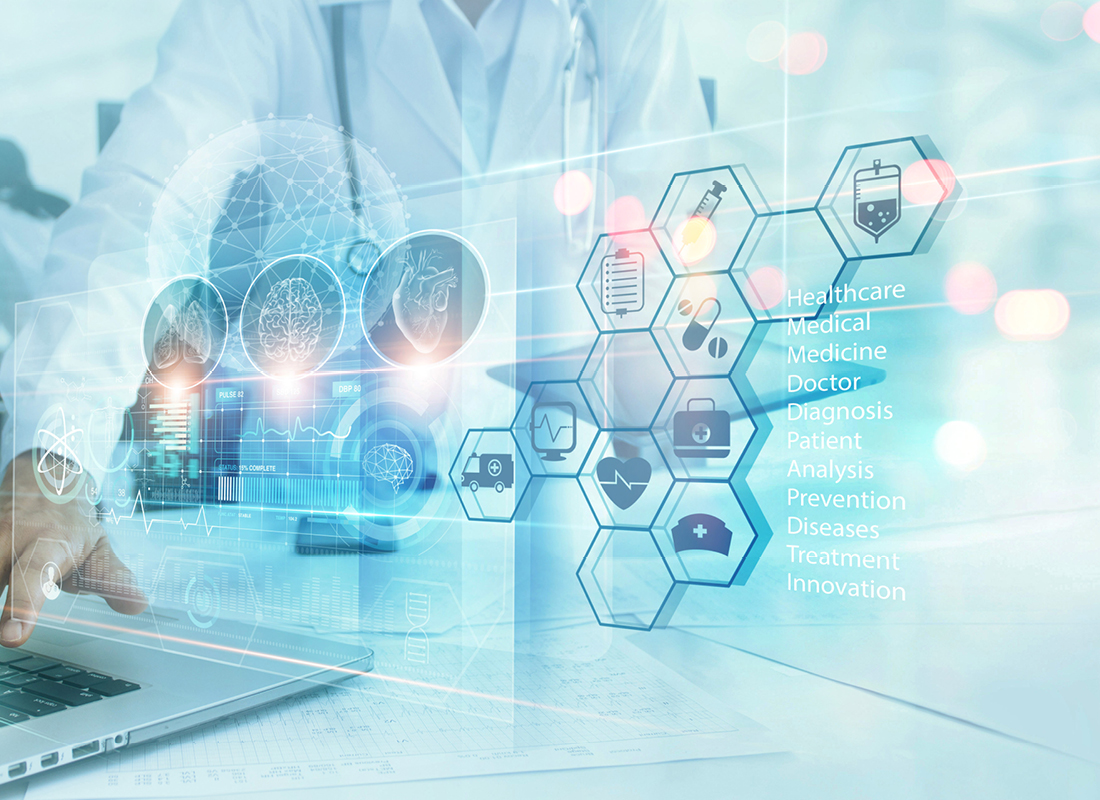Laboratories Face Change in the Digital Age
From - Diagnostic Testing & Emerging Technologies Like all other industries, the laboratory industry will feel the effects of the digital revolution. In some cases, digital technology will make operations more efficient and cut human errors by… . . . read more

Like all other industries, the laboratory industry will feel the effects of the digital revolution. In some cases, digital technology will make operations more efficient and cut human errors by eliminating the need for written requisitions, faxes, and manual entry of test results. However, laboratories will be affected in previously unimagined ways too. Futuristic fantasies are rapidly becoming realities and within a few years experts predict patients will be able to perform clinical-grade testing in their homes through their smartphones. At-home, smartphone-based testing will hasten the co-occurring trends of moving testing towards the patient and the move to using only micro-samples of blood, urine, and saliva. Through wirelessly enabled, handheld devices and smartphones with cameras and/or small, plug-in accessories, patients will be able to perform diagnostic testing and monitor an expanded array of chronic conditions, much as diabetics have monitored their own glucose.
“Unimpeded by geographical boundaries, smartphone-linked wearable sensors, point-of-need diagnostic devices, and medical-grade imaging, all built around real-time data streams and supported by automated clinical decision-support tools, will enable care and enhance our understanding of physiological variability,” Eric Topol, M.D., from the Scripps Translational Science Institute, predicted in a review published in Science Translational Medicine.
Now is the time for laboratories to develop a framework for ensuring these test results are used clinically and to define a role for themselves given the anticipated evolution of the industry. With high enough quality of data, payers’ interest in these smartphone-based tests will grow as testing moves to “least-cost” settings. “New innovations in the diagnostic world have lived within the reference laboratories,” Chris Wasden, Ed.D., executive director of the Sorenson Center for Discovery & Innovation at University of Utah, told Diagnostic Testing & Emerging Technologies. “Diagnostics were performed in a clinical environment, processed by large organizations in batches, and results were sent to a clinician for interpretation. It hasn’t been very consumer-oriented, but now all pressures are driving towards a consumer-centered model.” While the initial inclination is for laboratories to view do-it-yourself, smartphone-based testing as a competitive threat, experts say that laboratories really need to look for the opportunity. “This is an unstoppable phenomenon,” predicts author John Patrick, D.H.A., formerly the vice president of Internet technology at IBM. “Is health care immune? No. If I was a lab director, I’d say, it has happened to all of the other industries. I probably shouldn’t ignore it. I can’t fight it, so how can I participate?”
DTET examined this issue in depth in the October 2015 issue discussing digital trends, regulatory implications, and a sample of developing technologies. See “Inside the Diagnostics Industry: Experts Say Lab Industry Needs to Prepare for Adoption of Do-It-Yourself, SmartphoneBased Diagnostics,” DTET, Oct. 2015, pp. 5-7.
Subscribe to Clinical Diagnostics Insider to view
Start a Free Trial for immediate access to this article